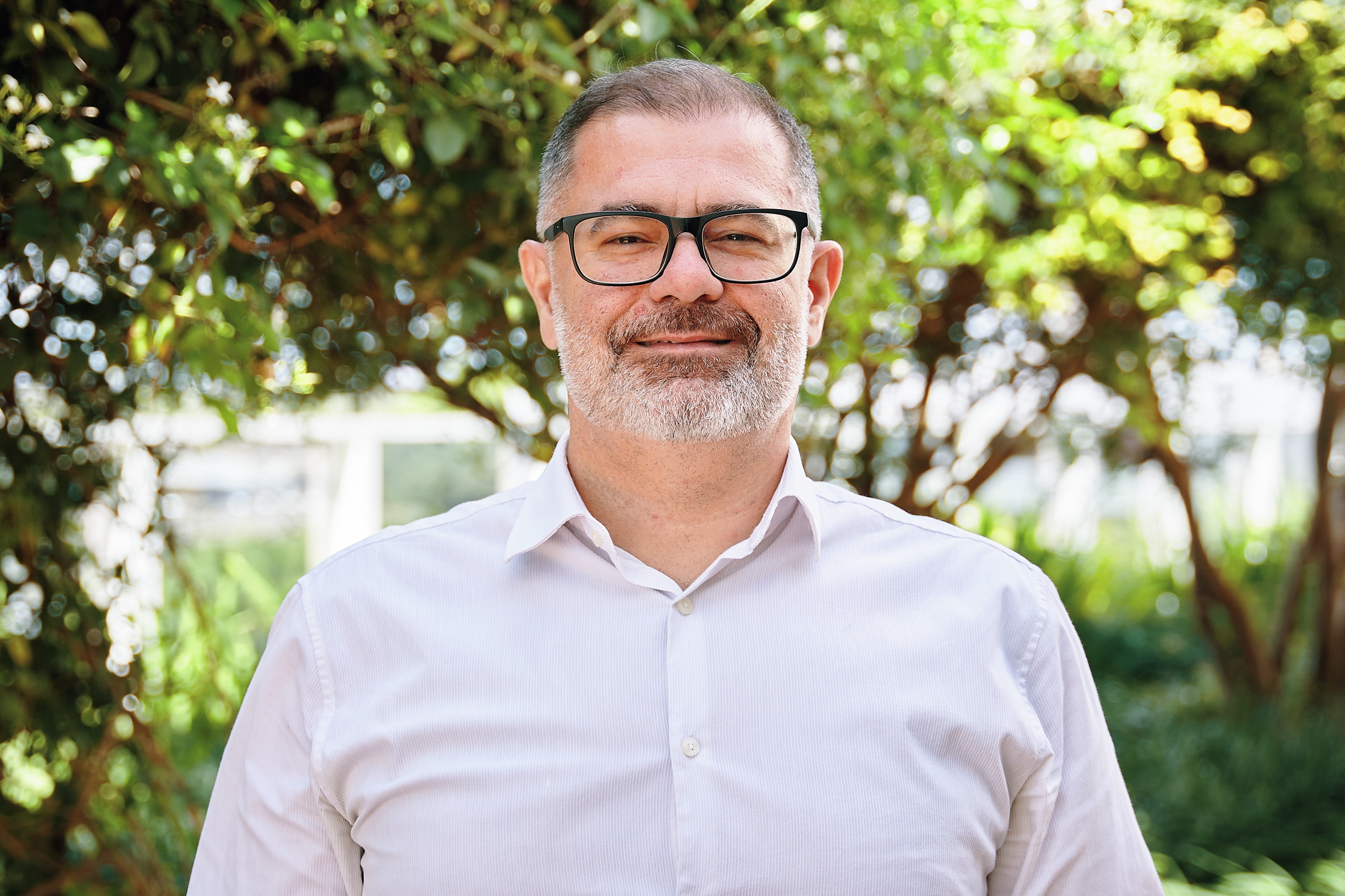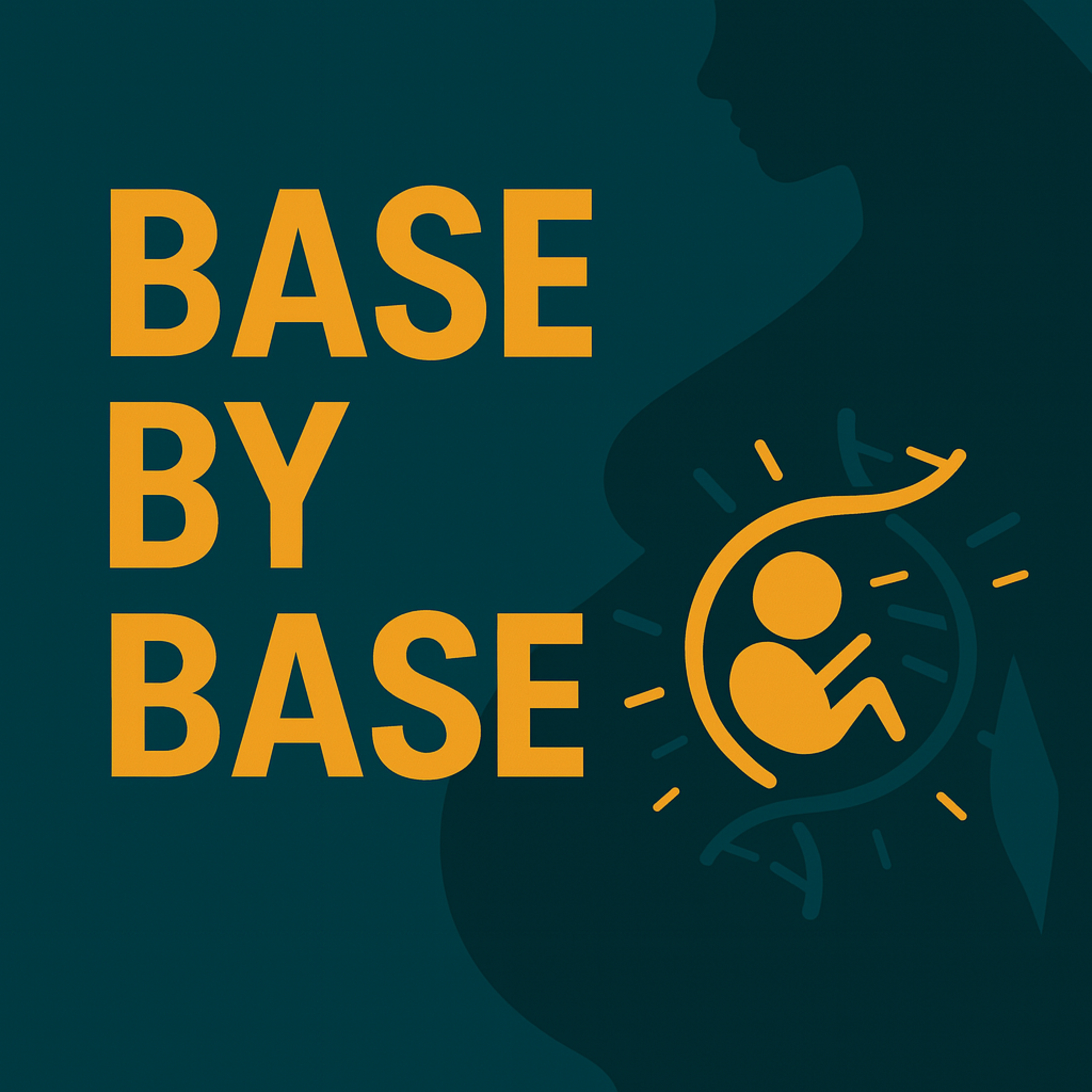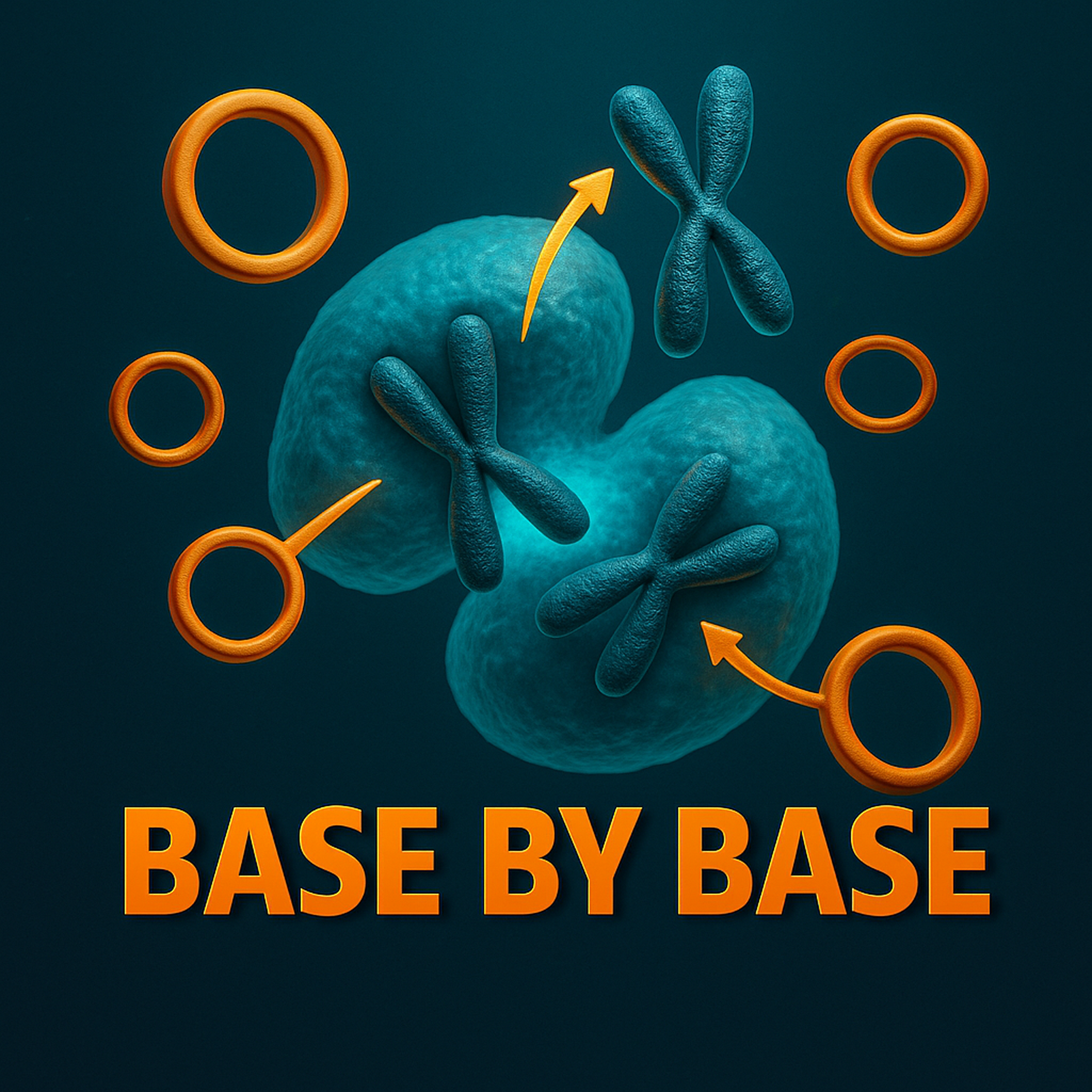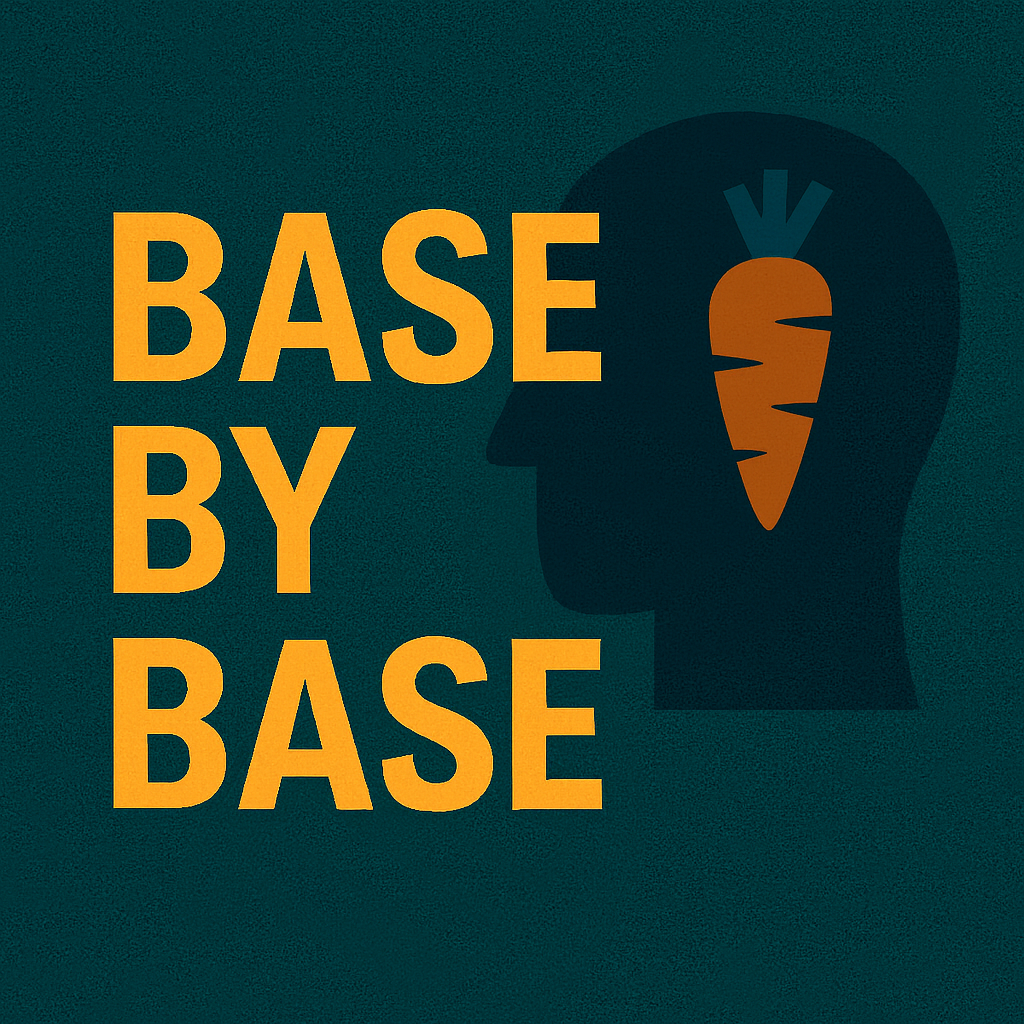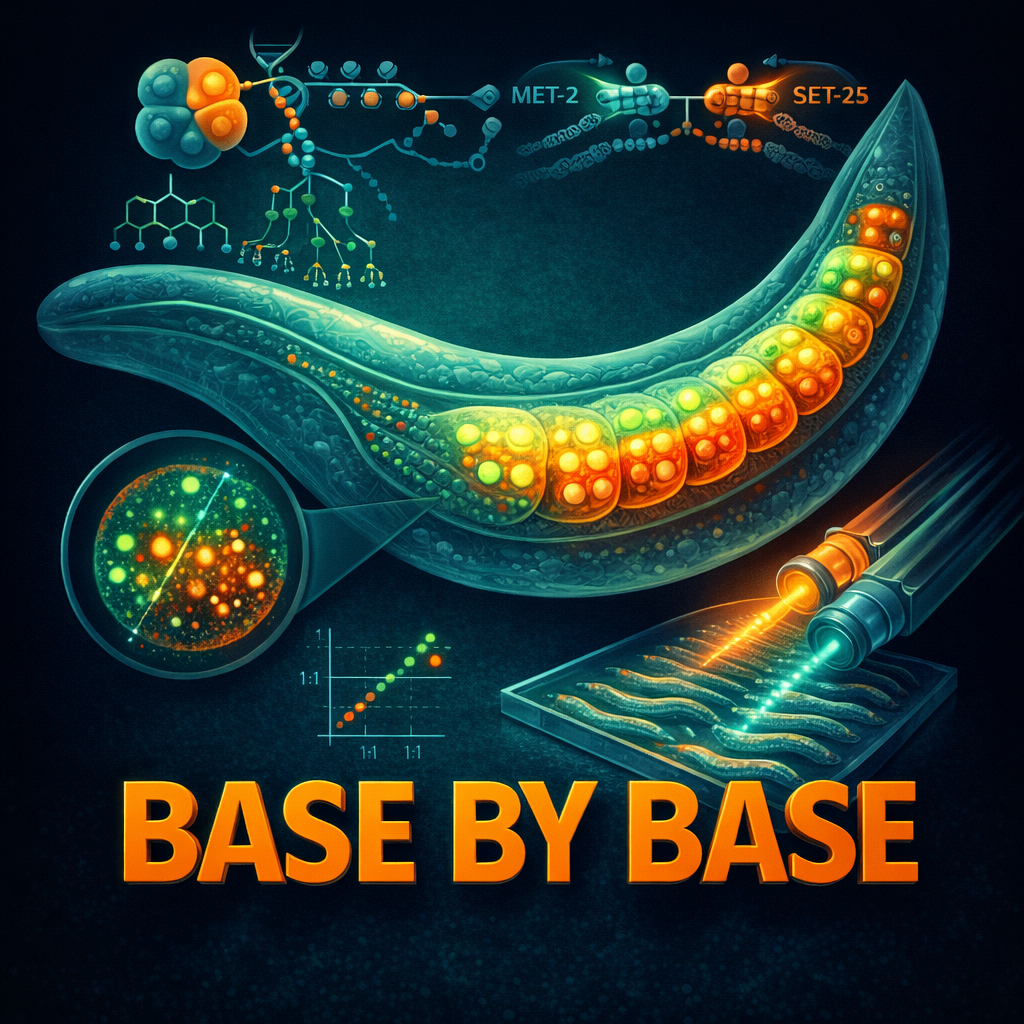Show Notes
️ Episode 5: Decoding Preterm Birth: How cfDNA Promoter Profiles Can Predict Pregnancy Risk
In this episode of Base by Base, we dive into a large-scale 2025 study published in PLOS Medicine that explores how genome-wide nucleosome footprints of plasma cell-free DNA (cfDNA) can be leveraged to predict spontaneous preterm birth (sPTB). This innovative work introduces PTerm, a promoter-profiling-based classifier built from cfDNA data routinely collected during non-invasive prenatal testing (NIPT).
Led by Guo and colleagues, the case-control study analyzed cfDNA from over 2,500 pregnant women, using whole-genome sequencing and machine learning to uncover a predictive signature of preterm birth risk—months before clinical symptoms arise.
Key insights include:
Promoter coverage at transcriptional start sites (pTSS) in cfDNA reflects gene expression from placental and hematopoietic tissues.
277 genes showed differential nucleosome footprints between preterm and full-term pregnancies, linked to apoptosis, oxytocin signaling, and immune pathways.
The PTerm classifier, based on a support vector machine model and 83 genes, achieved an AUC of 0.849 across validation cohorts.
PTerm retained performance across spontaneous labor subtypes and gestational ages—even in external cohorts—without requiring changes to existing NIPT workflows.
Many of the top hub genes (e.g., NFKBIA, ATF3, ERBB2) are tied to known preterm birth mechanisms like inflammation and placental dysfunction.
This episode highlights how nucleosome positioning in cfDNA can serve as a powerful non-invasive biomarker for identifying pregnancies at risk of preterm birth—offering new tools for early intervention and maternal-fetal health.
Reference:
Guo Z., Wang K., Huang X., et al. (2025). Genome-wide nucleosome footprints of plasma cfDNA predict preterm birth: A case-control study. PLOS Medicine, 22(4):e1004571. https://doi.org/10.1371/journal.pmed.1004571
License: This content is distributed under the Creative Commons Attribution 4.0 International License (CC BY 4.0). For more information, visit https://creativecommons.org/licenses/by/4.0/
